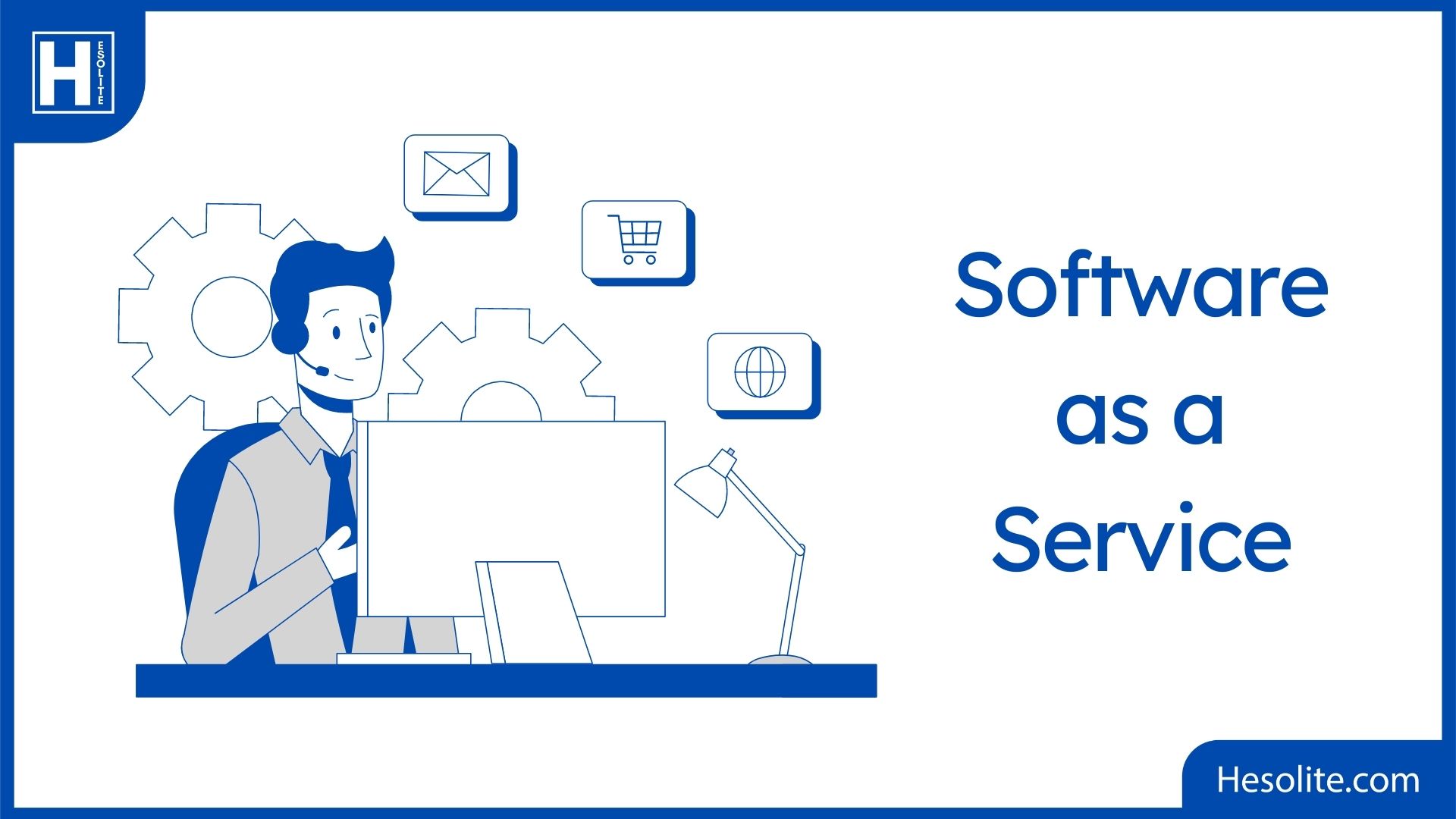Normally, using the software requires installing and maintaining. In SaaS (Software as a Service), the software can be used via the Internet. So, SaaS sets people free from struggling with complex software and hardware administration. SaaS can be considered as an application delivering system that works over the Internet.
Today, many organizations use SaaS technology to maintain their businesses. The reason is that they switched their network into a cloud-based environment and they required SaaS technology. On-premises applications and protection systems are not adequate anymore.
As enterprises use SaaS applications more and more every day, security in SaaS becomes more vital than ever. This fact forces companies to look for different solutions to protect their business from undesirable consequences. They need to protect their sensitive data from unauthorized access. Previously, organizations were only charged to keep their on-premises network safe. Now, they have to be sure about their remote workforce security regardless of their location, the device they use, and the wifi connection they have.
Main Risks of SaaS Applications
Although SaaS has various benefits, it can cause security breaches. We know that cloud-based systems sensitize an organization’s security walls. Remote work put another brick on the risk building and caused more security problems recently. The first reason is that remote employees connect to the public wifi. Sometimes they use their own devices both for office work and their personal work. All these implementations increase the risk of data breach and they become more vulnerable to attacks.
Data Leakage
SaaS applications put company data on the line and increase the risk of a data breach. For instance, a remote workforce can store and spread your private company data and harm your company assets. Considering that data is the most vulnerable asset of the organizations and crucial for your reputation and financial stability, managers should give importance to data protection first.
Unauthorized Access
Unauthorized access to company resources is another challenge for organizations. Once unauthorized users access your network that keeps private data and other private information, devastating consequences are inevitable. Due to SaaS applications relying on the Internet and cloud-based systems, authorization vulnerabilities become more visible.
In summary, organizations should consider fundamental risks such as data breaches and uncontrolled access management. To provide total security in enterprises, SaaS best practices should be used and taken advantage of their benefits.
SaaS Security Best Practices
1) Zero Trust
If you want your SaaS applications to remain safe and sound, you can embrace the Zero Trust mentality in your organization. The Zero Trust basically leans on the idea that less privilege, more authentication. In Zero Trust implementation, no one is considered trustable even if they are in the network. Zero Trust provides you with a robust, reliable, and risk-free network.
We mentioned above that unauthorized access are one of the main elements of SaaS application troubles. With Zero Trust implementation, organizations can level up in their access management and diminish the security issues that are relevant to access privileges.
2) VPN Usage
VPN (Virtual Private Network) can be a great companion to your SaaS applications. As we know that data breaches are the number one risk of SaaS applications, and securing the data can not be ignored. VPN creates a virtual tunnel which is helpful to encrypt data during data exchange. Thanks to VPN technology, employees can send and take data -especially sensitive data- safely without compromising their velocity or productivity.
Each enterprise requires a solution that can keep them from risks and does not affect their business quality. With a great range of options, VPN services offer both data protection and speed at the same time.
3) Planning and Inventory
Overuse and unauthorized use are riskier in SaaS applications because they can distribute apps more speedily than on-premises applications. When unauthorized access occurs in a network, it can spread at an unbelievable velocity. So, threats in SaaS applications are more contagious than on-premises ones.
If an organization knows who keeps which data and what their employees are responsible for, they can avoid leakage or attack from spreading. So, the first step should be to draw a picture of your organization and determine your priorities. The best way to do this is to make an emergency plan for a possible attack or data breach. Also, making an inventory prevents you from any possible data loss. Even if a data leak occurs in your company, you can rescue your valuable data from being vanished.
4) Monitoring
When Saas application security is concerned, monitoring should be taken into account. An ideal SaaS application should allow managers to observe users, know their performance, and monitor their suspicious activities.
Dedicating a specific resource to the SaaS applications to monitor them all the time is a good way to robust security. Moreover, managers should be aware of movements, user downtimes, and access tries. These can give a clue to IT managers to know what they need to pay attention to.
In Conclusion
SaaS applications are all in our daily lives and they are indispensable for companies in such a cloud-based business environment. Although they are usable and have facilitator features, they pose a risk to data security and this fact compels people to think about further protection methods. As mentioned above, practicing some methods can reinforce SaaS application security.


